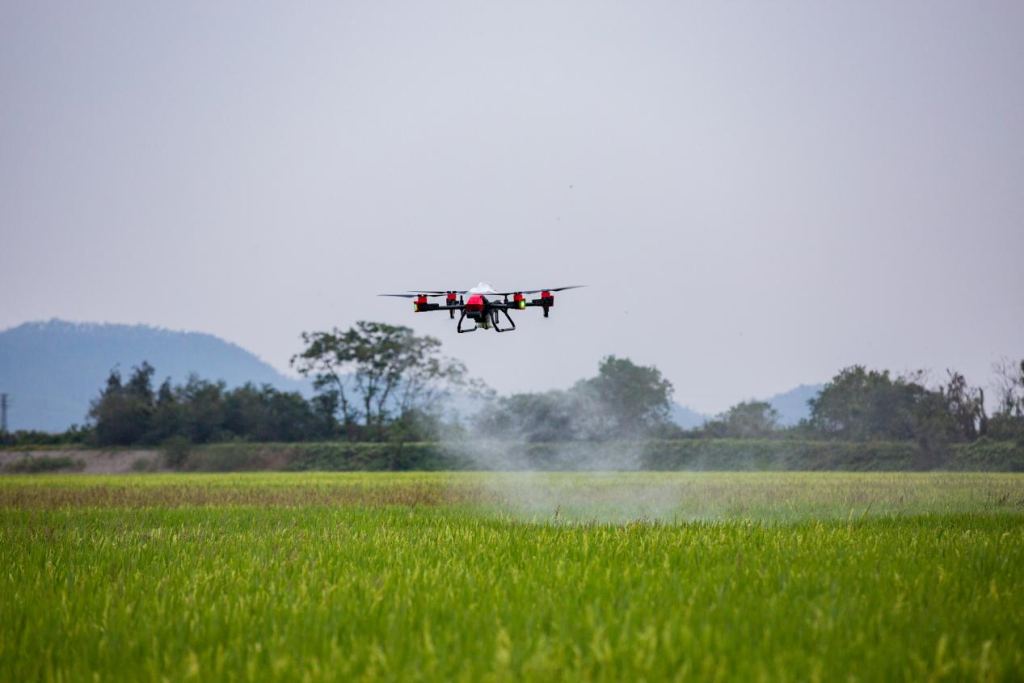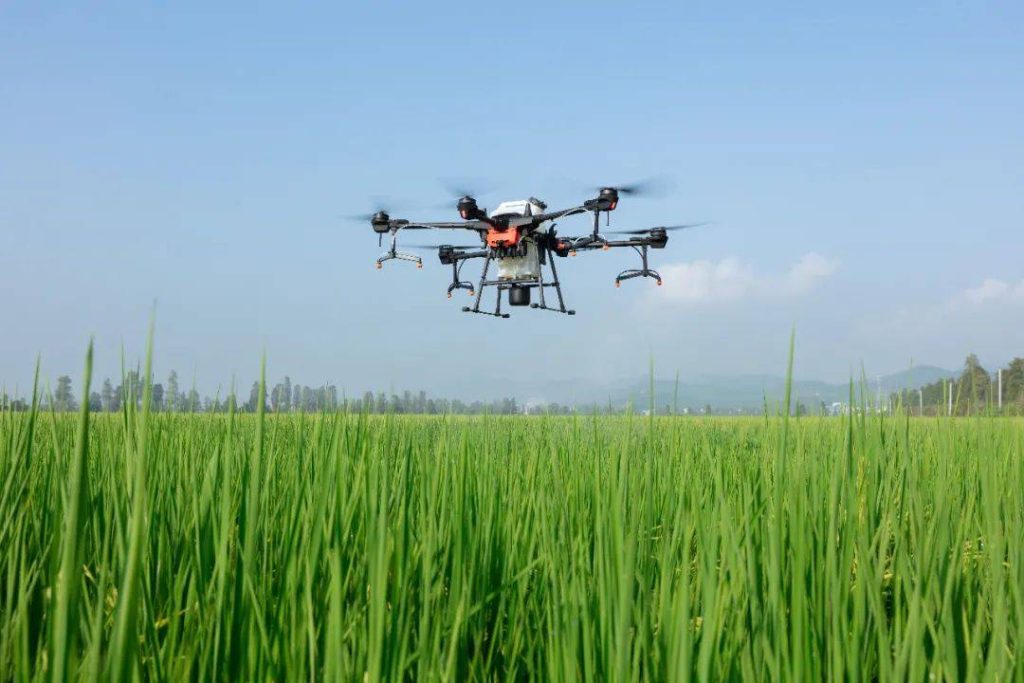Agricultural drones have emerged as powerful tools for safeguarding farms against the devastating impact of natural disasters. With their advanced capabilities, these Unmanned Aerial Vehicles (UAVs) are playing a critical role in disaster management within the agricultural sector. Let’s explore how drones are being used as guardians against natural disasters.
Flood Monitoring: Floods can cause extensive damage to crops, livestock, and farm infrastructure. Agricultural drones equipped with high-resolution cameras and sensors can monitor water levels, assess flood damage, and identify areas at risk. Real-time data and imagery enable early warnings and immediate responses, such as redirecting water flow or evacuating livestock.
Drought Assessment: Prolonged droughts can lead to water shortages and crop stress. Drones provide an aerial perspective that helps identify drought-affected areas. This data guides decisions related to irrigation and resource allocation, ensuring that limited water resources are optimally distributed to sustain crops.
Wildfire Detection: Wildfires can spread rapidly and have devastating effects on agricultural lands. Drones equipped with thermal imaging cameras can detect hotspots, even in remote or inaccessible areas. This information is invaluable for fire departments and landowners to quickly respond to and contain wildfires, preventing widespread destruction.
Hurricane and Storm Tracking: Hurricanes and storms pose a significant threat to coastal and agricultural regions. Drones can be used to monitor the development and path of these weather events, allowing farmers to prepare for potential impacts such as heavy rainfall, strong winds, and flooding. This advanced warning system helps mitigate damage and reduce loss.
Post-Disaster Assessment: After a natural disaster, drones are invaluable for conducting post-disaster assessments. They can quickly survey affected areas, providing detailed imagery that helps evaluate damage and prioritize recovery efforts. This information is crucial for insurance claims, disaster relief, and planning the restoration of affected farmland.
Environmental Impact Analysis: Drones are also used to assess the environmental impact of natural disasters, such as oil spills, chemical leaks, or other hazardous events. This data aids in the development of strategies to minimize environmental damage and restore affected ecosystems.
In conclusion, agricultural drones are playing an essential role in disaster management within the agricultural sector. Their ability to monitor, assess, and respond to natural disasters in real-time is invaluable for saving livelihoods, reducing economic losses, and safeguarding agricultural resources. With ongoing advancements in drone technology and disaster response strategies, these aerial guardians are poised to become even more effective in protecting farms against the unpredictable forces of nature.








Please sign in to comment
register